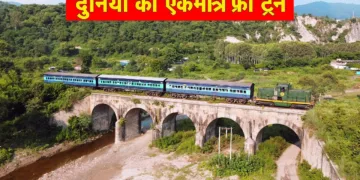What’s inside:
Indian Railways has made significant improvements in its track infrastructure, allowing for faster train services across the country.
Indian Railways has been busy upgrading its tracks over the past ten years. These upgrades have made it possible for trains to go much faster across India. As of now, more than 78% of the railway tracks can handle speeds above 110 kmph, thanks to various modernization efforts.
The Railway Minister has shared that in 2014, only about 6.3% of tracks could support speeds higher than 130 kmph. Fast forward to 2025, and this number is expected to rise to 21.8%, allowing trains like the Vande Bharat Express to run more efficiently at higher speeds.
The Vande Bharat Express is a semi-high-speed train that can operate at speeds up to 180 kmph, although it currently runs at a maximum of 160 kmph. The average speed will depend on factors such as the track condition and the number of stops along the way. This improvement in train speeds means shorter travel times for passengers.
Moreover, the length of railway tracks in India has also significantly increased from 79,342 km in 2014 to 105,672 km in 2025. This expansion, along with the speed enhancements, shows the commitment to modernizing the railways for better service.
These changes reflect the efforts of Indian Railways to provide safer and faster travel options. With ongoing upgrades, the Vande Bharat Express serves as a symbol of this progress, making travel smoother for millions across the country.
Summary:
- Indian Railways has upgraded tracks to allow speeds above 110 kmph.
- Fast track percentage has increased from 6.3% in 2014 to 21.8% in 2025.
- Vande Bharat Express can run at a maximum speed of 160 kmph.
- The total railway track length has grown to 105,672 km.
- These upgrades aim to ensure safer and faster travel for passengers.
